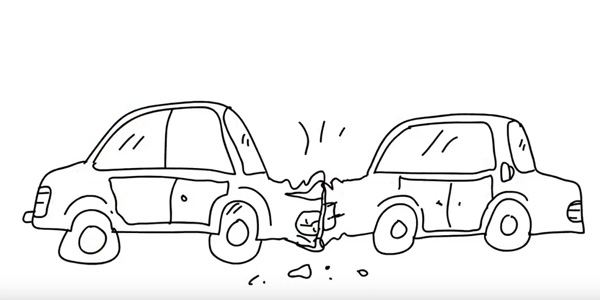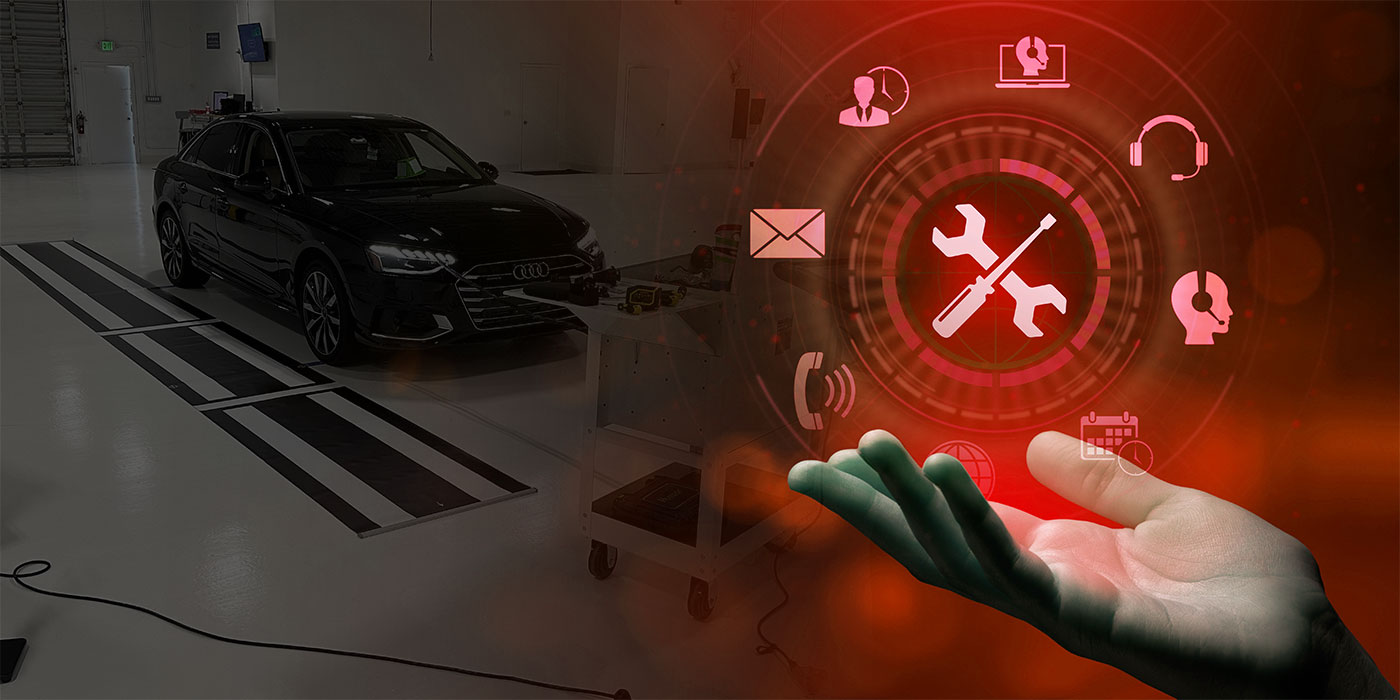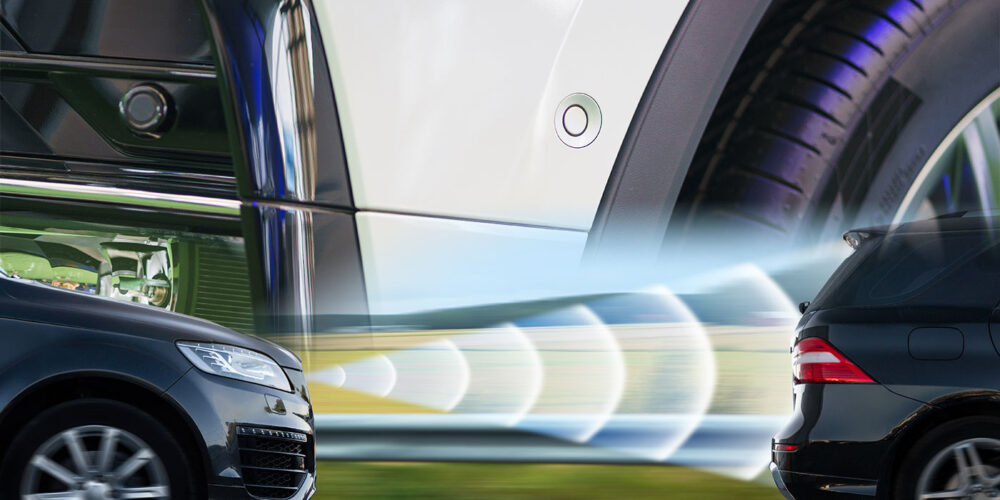
The Certified Automotive Parts Association (CAPA) has published a new video that explains the four basic part choices that consumers have when their vehicles go in for insurance-based repairs.
The animated whiteboard video explains that consumers have four options for crash parts:
- A part that’s branded by the vehicle manufacturer
- A CAPA-certified, independently produced part
- A non-CAPA-certified part
- A recycled part
“Nobody wants to be involved in a collision, but if they are, the goal of the insurer and collision repairer is to make the process of repairing their customer’s vehicle as smooth as possible,” said Jack Gillis, executive director of CAPA. “CAPA’s role in the repair process is to take the guesswork out of finding high-quality, fairly priced parts for insurers, repairers and most importantly, the consumers they serve.”
CAPA noted that its “fully transparent quality-certification process was designed to identify parts that are functional substitutes for expensive car company-branded parts.”
“It’s impossible to tell if a crash repair part will function properly just by looking at it,” Gillis said. “The CAPA standard enables the market to make an informed choice when it comes to repairing a vehicle after an accident.”













